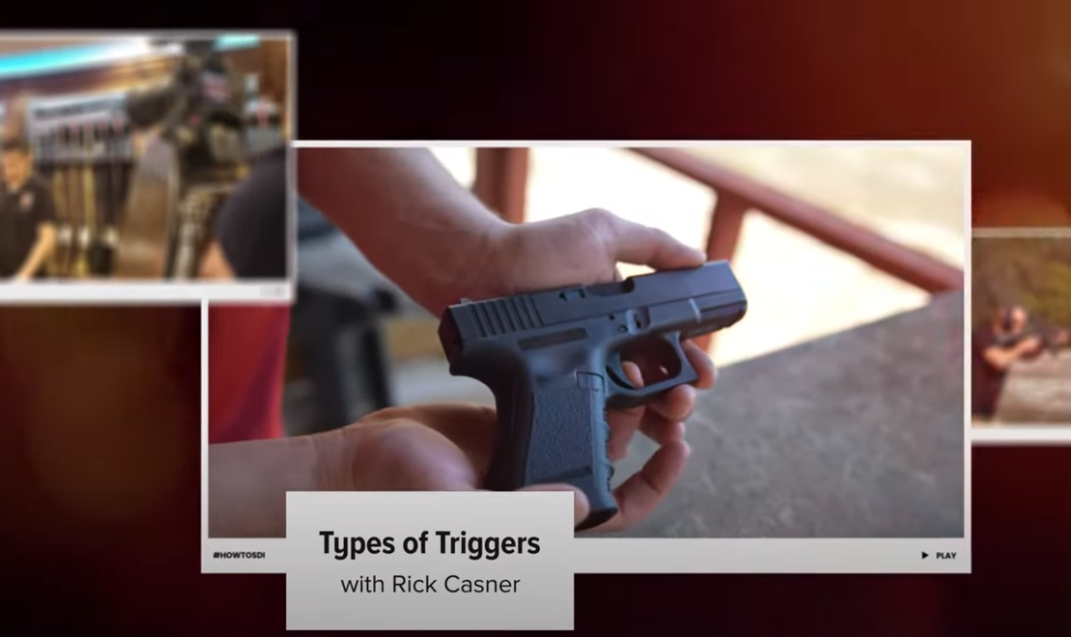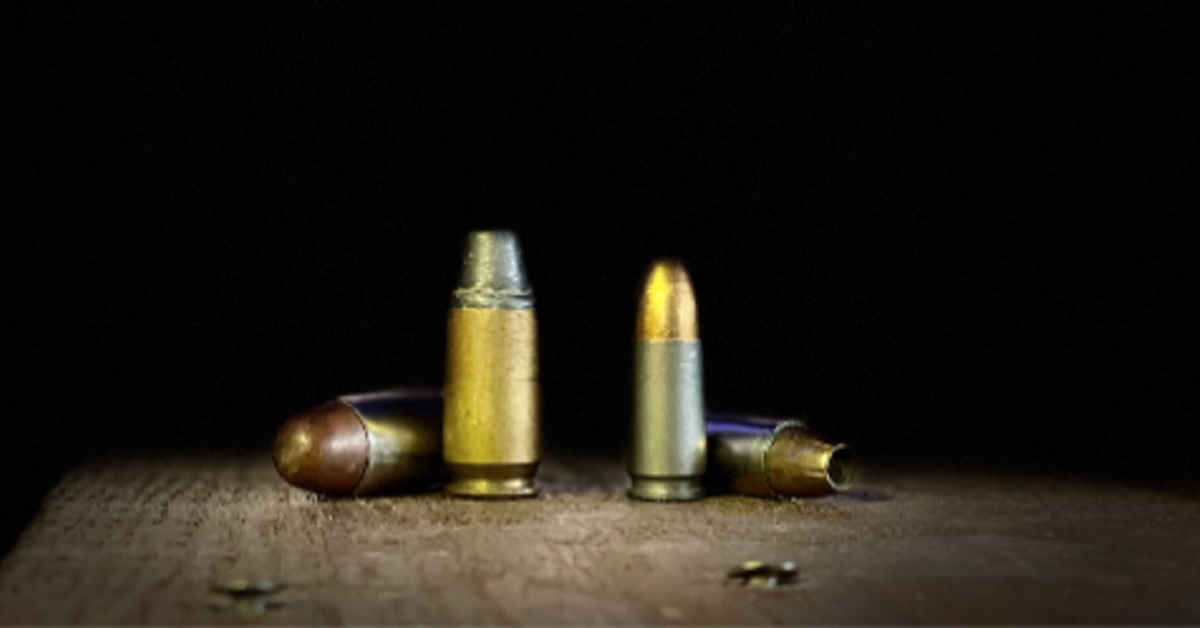
Triggers are one of the most important features of any firearm. It’s where the operator interfaces with their gun, and knowing how different triggers work is necessary for any aspiring marksman. However, triggers come in so many different flavors — like single- vs. double-action and single-stage vs. two-stage — that it can be hard to keep them all straight. Fortunately, we have SDI’s own Rick Casner to help us understand the nuances unique to each trigger in this video.
Single-Stage vs. Two-Stage Triggers
Rick starts his video by explaining single-stage vs. two-stage triggers. These fire control groups have a distinctive “pickup” phase where the trigger gradually builds up resistance to the operator’s pull. Then, the trigger has a clear-cut wall, where the trigger “breaks” and actually fires.
Rick uses the example of a Glock to illustrate his point. If you’ve ever fired a Glock, you’re familiar with their “mushy” pickup before they hit a crisp break.
A single-stage trigger is the counterpart to its two-stage cousin. In contrast to a two-stage trigger, a single-stage trigger doesn’t have any pickup. Instead, once a shooter applies enough pressure to the trigger it simply breaks and fires the gun. A MIL-SPEC AR-15 is a classic example of a single-stage trigger.
Single-Action vs. Double-Action
Next up, Rick looks at single-action vs. double-action triggers. While these types of fire control groups have similar names to single-stage and double-stage triggers, they’re a little bit different.
Specifically, single- vs. double-action refers to what the trigger actually does (rather than how it feels). A single-action trigger will only release a cocked hammer forward to fire a gun. A double-action trigger will cock the hammer and release it forward with a single trigger pull. Many guns feature both single- and double-action firing.
Rick uses a revolver to show the difference between single- and double-action shooting. If he cocks the hammer back before pulling the trigger, the gun fires in single-action mode. But if Rick just pulls the trigger without cocking the hammer, the revolver’s trigger will cock the trigger before sending it forward to fire.
Learn More About Firearms at SDI
Do you love learning about how firearms function? SDI can help you do that. To learn more about the programs SDI offers, click here.


